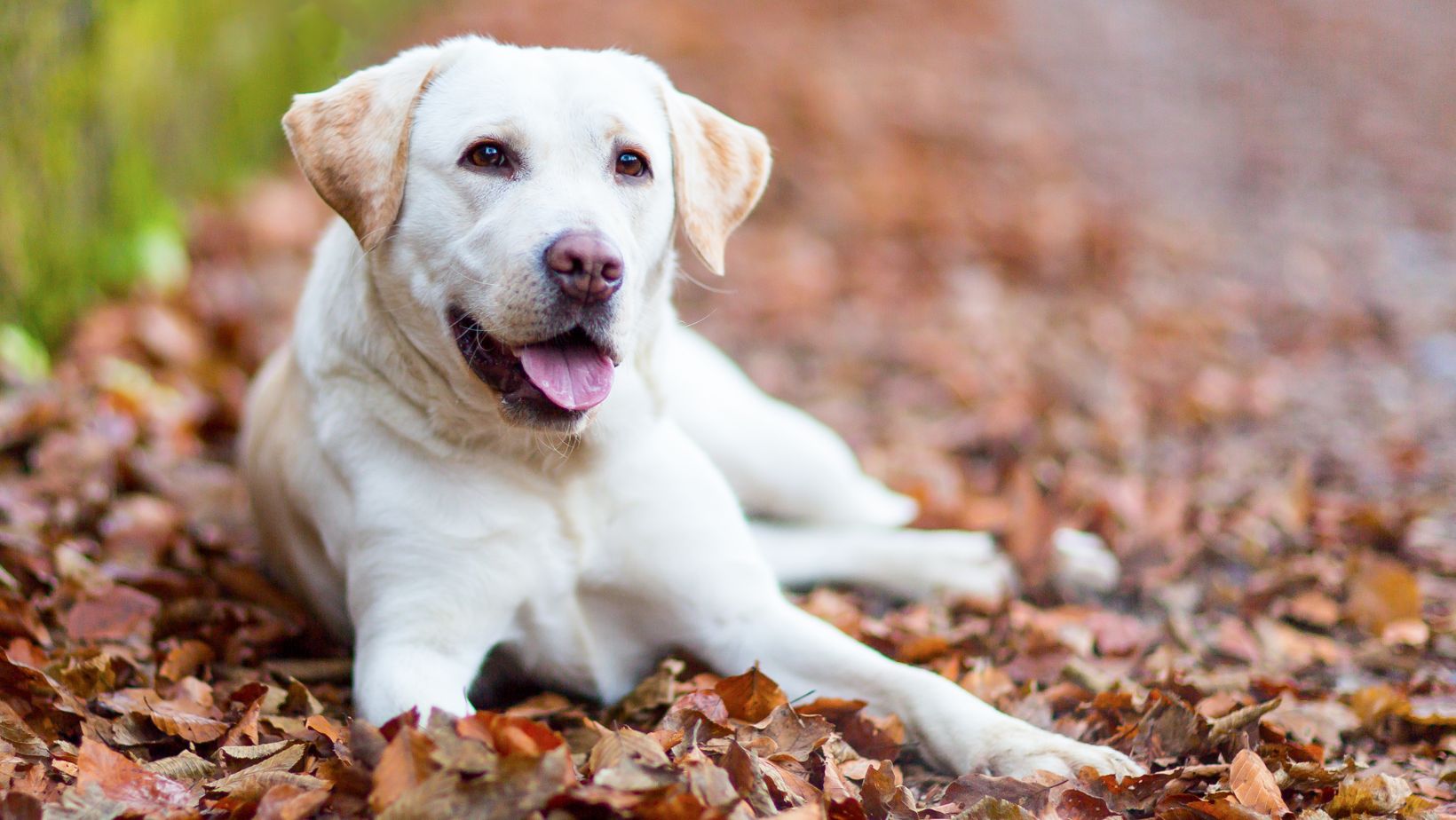Are you tired of your Labrador constantly pulling on the leash during walks? Don’t worry, I’ve got you covered. In this article, I’ll share some effective techniques on how to train a dog not to pull. With a little patience and consistency, you can transform your walks into enjoyable experiences for both you and your furry friend.
How to Train a Dog Not to Pull
Firstly, it’s important to understand why dogs pull in the first place. Dogs are naturally curious creatures and their instinct is to explore their surroundings. Additionally, some dogs may simply have more energy than others. To combat this behavior, start by ensuring that your dog gets enough exercise before the walk. A tired dog will be less likely to pull and more inclined to listen to your commands.
Next, invest in a well-fitted harness or a no-pull training collar. These tools provide better control over your dog’s movements without causing harm or discomfort. Once equipped with the right gear, practice loose leash walking techniques during short training sessions. Start in a quiet environment and gradually introduce distractions as your dog becomes more comfortable and responsive.
Remember, consistency is key when teaching a dog not to pull. Reward good behavior with treats or verbal praise while redirecting any pulling using gentle but firm corrections. By maintaining a positive attitude and utilizing these training methods consistently, you’ll soon find that your Labrador is walking politely by your side without pulling.

Understanding the Importance of Loose Leash Walking
When it comes to training a dog not to pull on the leash, understanding the importance of loose leash walking is key. As a proud owner of a Labrador, I’ve experienced firsthand how frustrating it can be when your furry friend tries to take you for a walk instead of the other way around. But fear not, with some patience and proper techniques, you can teach your dog to walk politely by your side.
- Building Trust and Communication: Loose leash walking is more than just preventing your dog from pulling; it’s about building trust and effective communication between you and your canine companion. By teaching them this skill, you’re establishing yourself as the leader while ensuring their safety during walks.
- Safety First: Pulling on the leash can lead to potential injuries for both you and your dog. A sudden jerk or tug can strain their neck or cause discomfort in their joints. Additionally, an unruly dog pulling on the leash might inadvertently escape or get into dangerous situations like running into traffic or encountering aggressive animals.
- Enjoyable Walks: Walking should be an enjoyable activity for both you and your Labrador. With loose leash walking, you’ll no longer have to endure those awkward moments where your arm feels like it’s being pulled out of its socket! Instead, imagine strolling together peacefully without any tension on the leash – creating a pleasant experience that strengthens your bond.
- Social Etiquette: Loose leash walking also helps promote good social behavior in your furry friend. When they learn to stay by your side without pulling or lunging towards distractions such as other dogs or squirrels, they become better at interacting calmly with their surroundings.
- Mental Stimulation: Teaching loose leash walking requires focus and mental engagement from both you and your dog. It provides an opportunity for them to learn self-control while stimulating their minds through training exercises and distractions encountered during walks.
By understanding the importance of loose leash walking, you’ll be motivated to invest time and effort into training your dog. Remember, consistency is key, so practice regularly and reward your Labrador for their progress. With patience and perseverance, you’ll soon enjoy peaceful walks together, creating a harmonious bond between you and your furry friend.